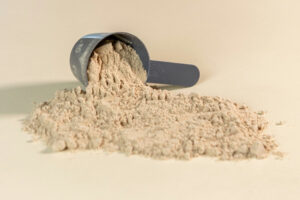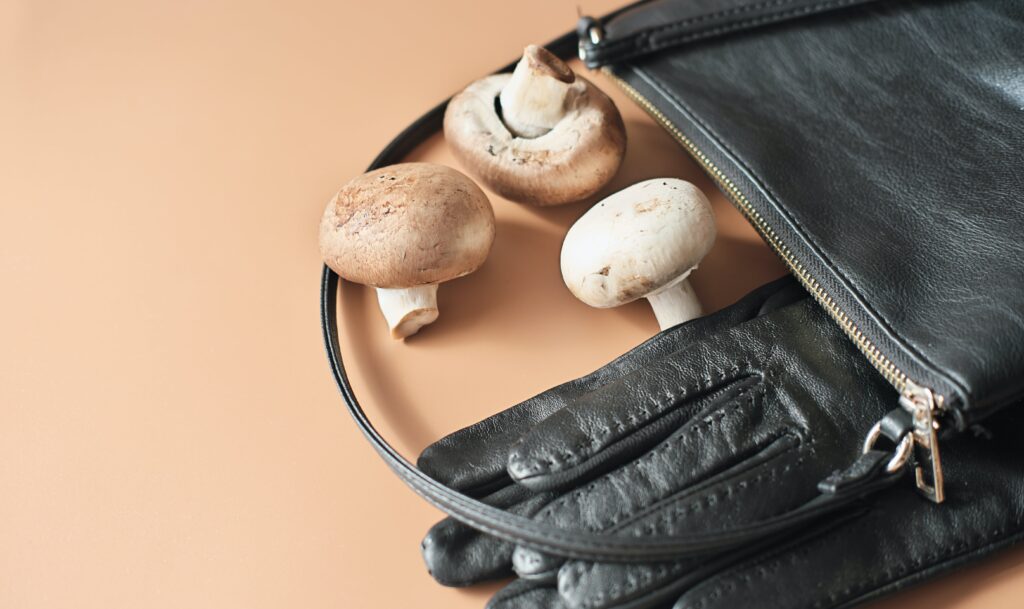Animal leather has been a popular material for clothing, accessories, furniture, and more for centuries. However, with growing concerns over animal welfare and the environmental impact of animal agriculture, many people are seeking alternative materials that are sustainable, eco-friendly, and cruelty-free. Vegan leather is an alternative that has been gaining popularity in recent years. This article will explore vegan leather and its advantages as a sustainable and ethical alternative to traditional animal leather.
The Rise of Vegan Leather
The development of vegan leather can be traced back to the mid-19th century when synthetic materials were first developed as a replacement for natural materials such as leather. However, it was not until the 1960s that the first commercially successful synthetic leather was introduced, which was made from PVC. Since then, synthetic leather has continued to evolve and improve, with new materials and production methods being developed.
In recent years, there has been a growing demand for vegan and eco-friendly alternatives to traditional leather, leading to the development of new types of vegan leather made from natural materials. These materials offer a sustainable and ethical alternative to traditional leather and are becoming increasingly popular in fashion and other industries.
Types of Vegan Leather
Vegan leather can be made from various materials, including polyurethane (PU), polyvinyl chloride (PVC), pineapple leaves, mushroom mycelium, and cork. Synthetic vegan leathers, such as those made from PU or PVC, are often designed to mimic the look and feel of real leather, while natural vegan leathers can be made to have similar properties to animal leather.
PU leather is made by coating a base material such as polyester or cotton with a layer of polyurethane. In contrast, PVC leather is made by applying a layer of PVC to a fabric backing. Pineapple leather, also known as Piñatex, is made from pineapple leaf fibers, and mushroom leather is made from the root-like fibers of mushrooms. Cork leather is made from the bark of the cork oak tree, which is harvested without harming the tree.
Advantages of Vegan Leather
There are several advantages of using vegan leather over traditional animal leather. One of the main advantages is that it does not require animal products, which can have significant environmental and ethical impacts. The production of traditional animal leather requires large amounts of resources, including water, land, and energy, and can contribute to deforestation, greenhouse gas emissions, and water pollution. Vegan leather made from sustainable and eco-friendly materials can be produced with fewer resources and without harming animals.
In addition, vegan leather can be designed to have similar properties to animal leather, including durability, flexibility, and water resistance. Some types of natural vegan leather, such as pineapple leather and mushroom leather, are also biodegradable and compostable, which can reduce waste and pollution at the end of their useful life.
Furthermore, the use of vegan leather can help to promote ethical and sustainable fashion practices by encouraging consumers to choose products that are produced with greater consideration for animal welfare and the environment.
Challenges and Limitations of Vegan Leather
While vegan leather has many advantages, there are also some challenges and limitations to consider. One of the main challenges is the resource-intensive production of synthetic vegan leathers, which can contribute to environmental problems such as pollution and greenhouse gas emissions.
In addition, it can be difficult to replicate the exact properties of animal leather, such as its texture and durability, with vegan materials. Some natural vegan leathers, such as those made from pineapple leaves or mushrooms, can also be more limited in availability compared to traditional animal leather.
Applications of Vegan Leather
Vegan leather can be used for a wide variety of applications, including fashion and accessories, furniture and upholstery, the automotive industry, sporting goods, and electronics.
Vegan leather is becoming an increasingly popular alternative to traditional animal leather in the fashion industry. It can be used to create clothing, accessories, and footwear and can be designed to have a wide range of styles and textures. Many high-profile designers and brands, such as Stella McCartney and H&M, have embraced vegan leather as a sustainable and ethical alternative to traditional leather.
Vegan leather is also used in the furniture industry to create chairs, sofas, and other upholstered items. It is a popular choice for those who want a leather look without using animal products. In addition, vegan leather is increasingly being used in the automotive industry as an alternative to traditional leather for car seats, steering wheels, and interior trim.
Sporting goods such as gloves, shoes, and balls can also be made with vegan leather. The water-resistant and durable properties of many vegan types of leather make them ideal for use in outdoor and athletic products.
Finally, vegan leather is sometimes used to produce electronic cases, covers, and sleeves. Its durability and resistance to wear and tear make it a popular choice for protecting electronic devices.
Caring for Vegan Leather
The care and maintenance of vegan leather can vary depending on the specific material used. In general, synthetic vegan leathers can be wiped clean with a damp cloth and mild soap, while natural vegan leathers may require special treatments to maintain their flexibility and water resistance. It is important to follow the care instructions provided by the manufacturer to ensure that the material stays in good condition.
Final Thoughts
Vegan leather offers a sustainable and ethical alternative to traditional animal leather, with many advantages, including reduced environmental impact and cruelty-free production. While there are some challenges and limitations to consider, the growing popularity of vegan leather is a positive step towards more sustainable and responsible fashion practices.
By choosing vegan leather, consumers can support the development of innovative and eco-friendly materials that offer a more ethical and sustainable alternative to traditional leather.









Reader Interactions